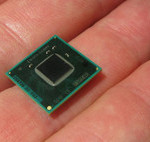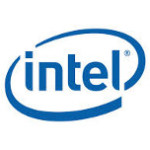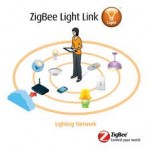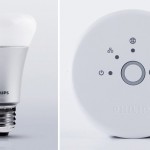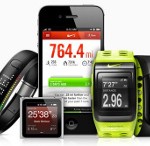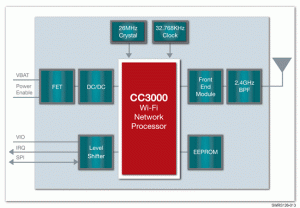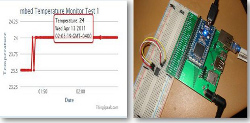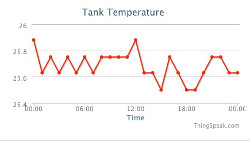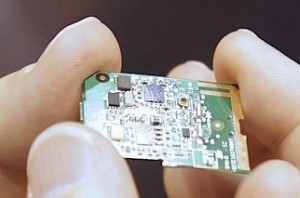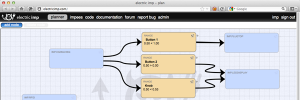Let’s take a brief overview of the web applications and cloud platform available from Exosite – a provider of Internet-of-things cloud services that help you collect, store, visualise and interact with data from your networked devices in the cloud. Exosite provides a cloud platform that can be connected to your Internet-connected sensors and other devices.
Once your device is connected, data is flowing into the cloud and you can set up logical rules to process and act on that data, log timestamped historical data or use Exosite’s built-in scripting language to process and interact with that data. Time-series information can be used to visualise, command or control devices, either in real time or in response to trends over time.
Their platform makes it easy for product developers to create cloud-capable connected products with a range of microcontrollers and RF solutions from different hardware vendors. Exosite’s “One Platform” and “Portal” families of cloud Platform-as-a-Service and web applications provide value to developers and device OEMs, helping to minimise risk and time to market for developers of Internet-of-Things connected products. Exosite can help you to quickly prototype and deploy systems to meet your needs for cloud-based remote access to devices and their data.
Exosite’s data platform is a hosted-served system that removes barriers to market entry and empowers companies to quickly prototype and deploy their own Internet-of-Things solutions using Exosite’s web service APIs. The system is designed with product developers in mind, meaning that it has a built-in framework that eliminates the complexity of infrastructure and simplifies IoT development. Exosite’s “One Platform” makes it easy for product developers to create cloud-capable products.
Furthermore the Exosite developer site provides a wealth of convenient user guides, API documentation, application notes and support information, as well as example source code and reference projects covering a range of different programming languages and architectures. There are libraries for interaction with the Exosite API in a range of different programming languages, allowing you to work with the languages that best suit your needs.
Working and maintaining the software is simplified as Exosite supports over-the-air firmware and software updates from their cloud service, if supported in the particular hardware used. This allows for remote wireless management of your devices, allowing firmware updates, feature enhancements, and other maintenance rolled out without the need for physical on-site service of hardware devices offers great value and convenience, improving user experience and reducing support costs for networks of Internet-of-Things connected devices.
With Exosite you can build pre-configured settings in the cloud for your families of devices, enabling newly manufactured devices to know exactly what version of software to install – right from the cloud, without any local intervention – as soon as they come online on the Internet.
As well as automatic provisioning, Exosite’s built-in device management tools make it easy to manage software installations and updates. When it comes time to update your devices in the field, you can simply upload your new content, select the device model type you would like to update, and hit deploy. Your new firmware is then deployed automatically, from the cloud, to every one of your connected devices of that type out there in the world. If those devices are not always connected to the Internet, they will automatically update themselves with the new software the next time they connect to the Internet.
Gathering data from an Exosite system isn’t difficult at all, and it allows you to aggregate and monitor data from your network of devices in the cloud in real time – as well as run powerful scripts to combine multiple lower-level inputs and build custom dashboards to report on defined metrics in an easily interpretable, visible way.
Exosite is easy to integrate with other systems, allowing you to easily push data out of its cloud platform into existing, external services. Since Exosite is based around cloud infrastructure, you can scale your application without having to worry about infrastructure or server administration.
You can build your own web app, or customise Exosite’s own app. You can get started with an Exosite developer account for free and use their simple but powerful set of APIs to start interacting with your devices in real time over the Internet. When you’re ready to scale up with your commercial solution, you can easily move up to a paid account, giving you an OEM-ready “white label” platform with the features and capabilities needed to build a business around your connected Internet-of-Things application.
For a better end-user experience designers can easily customise the website theme, control the user experience, configure device options and set up pricing plans for your customers, but you can grow at your own pace without worrying about the scalability of the underlying server infrastructure.
Exosite supports a range of open source and proprietary hardware development kits and platforms, reducing the time required to develop and build Internet-of-Things connected hardware solutions. For example, Exosite provides libraries for use with Ethernet-enabled Arduino and Arduino-compatible development boards, as well as support for development kits and development boards with network and Internet connectivity from hardware vendors such as Microchip and Texas Instruments.
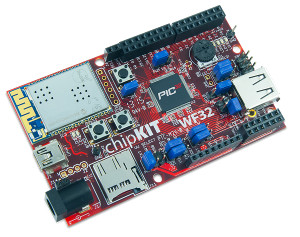
Combining these hardware development tools with Exosite’s cloud platform allows you to get online with cloud-connected hardware quickly, getting your sensor data online and getting physical devices interacting with the cloud. Exosite makes it easy to connect, manage, and share your sensor or device data online.
Testing or getting started with Exosite is simple, as the free developer account has everything you need to start interacting with your devices in real time over the Internet. You get a web dashboard account, full access to the API, a cloud scripting environment, and the ability to upgrade features a-la-carte.
This account is aimed at allowing you to build your own Internet-of-Things environment on a one-off basis. If you find value in it and want to deploy it as a business solution for a wider audience then you can easily upgrade to a paid “white label” account in order to do so. Finally the developer account includes two devices and one user, while a paid account gives you support for many more devices, many more users, SMS messaging capability from the cloud and more.
It’s no secret that the Internet-of-things not only holds a lot of promise for connected devices and the possible products you can profit with – however getting started can seem like a maze with literally scores of options, platforms and hardware types.
To make your start in the IoT as smooth and cost-effective as possible, partner with the LX Group. We have experience in all stages of IoT product development – along with every other stage of design to manufacturing. To get started, join us for a confidential discussion about your ideas and how we can help bring them to life – click here to contact us, or telephone 1800 810 124.
LX is an award-winning electronics design company based in Sydney, Australia. LX services include full turnkey design, electronics, hardware, software and firmware design. LX specialises in embedded systems and wireless technologies design.
Published by LX Pty Ltd for itself and the LX Group of companies, including LX Design House, LX Solutions and LX Consulting, LX Innovations.


